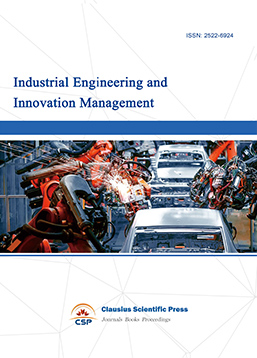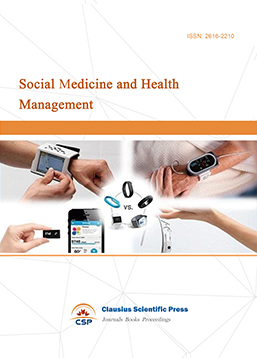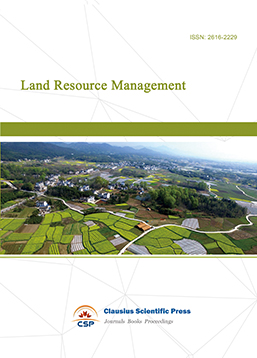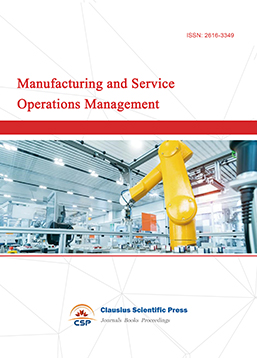Re-optimization of food system
DOI: 10.23977/agrfem.2021.040104 | Downloads: 24 | Views: 2055
Author(s)
Xiaohui Shi 1, Ping Man 1, Xinlong Wang 1, Quanqiang Wei 1, Yuzheng Fan 1
Affiliation(s)
1 School of Information Science and Engineering, Zaozhuang University, Zaozhuang, Shandong 277100
Corresponding Author
Xiaohui ShiABSTRACT
As one of the hot issues in the world, food security has been widely concerned by the international community. Food security is not only a symbol of a country's stable development, but also the most basic guarantee for human survival. With the increase of global population and the continuous deterioration of the environment, the situation of food security has become very serious. At present, the global food security situation has not yet alleviated, and some indicators are even deteriorating. Therefore, this paper constructs an agricultural system evaluation model to find the best way to solve the problem of global food security. In order to better optimize the grain system, according to the principle of fair and sustainable development, this paper uses the principal component analysis method and entropy-based TOPSIS method to establish an agricultural system evaluation model. First of all, the food security index data of 20 representative countries in the past five years are selected and processed by PCA. Then use the PSO model to optimize each grain system, then calculate the ranking through the agricultural system evaluation model, and then calculate the change coefficient of each index after n optimization. Finally, the grey prediction model is used to predict and analyze the change coefficient, and it is found that it takes 5-7 years to realize the optimized system.
KEYWORDS
entropy weight TOPSIS, food security, comprehensive evaluation, PSOCITE THIS PAPER
Xiaohui Shi, Ping Man, Xinlong Wang, Quanqiang Wei, Yuzheng Fan, Re-optimization of food system. Agricultural & Forestry Economics and Management (2021) Vol. 4: 16-20. DOI: http://dx.doi.org/10.23977/agrfem.2021.040104
REFERENCES
[1] Yao Chengsheng, Teng Yi, Huang Lin. Construction and empirical analysis of China’s food security evaluation index system [J]. Transactions of the Chinese Society of Agricultural Engineering, 2015, (4):1-10. DOI:10.3969/j.issn. 10026819.2015 .04.001.
[2] Zhao Lei. On the division of developed and developing countries [J]. Geography Teaching Reference for Middle Schools, 2004, (3): 64.
[3] Tang Lixia, Zhao Wenjie, Li Xiaoyun. Deep Logical Analysis of Global Food Security Evaluation System [J]. Journal of Huazhong Agricultural University (Social Science Edition), 2020, (5): 151-159. DOI: 10.13300/j.cnki.hnwkxb. 2020.05.017.
[4] Yang Shaoliang. Research on the evolution and trend of agricultural policies in India [J]. World Agriculture, 2013, (6): 71-74. DOI: 10.3969/j.issn.10024433.2013.06.019.
[5] James Novak, Wang Yu. U.S. Agricultural Policy and Its Controversy [J]. Financial Development Research, 2018, (11): 31-32. DOI: 10.19647/j.cnki.37-1462/f. 2018.11.004.
| Downloads: | 6628 |
|---|---|
| Visits: | 263578 |
Sponsors, Associates, and Links
-
Information Systems and Economics

-
Accounting, Auditing and Finance

-
Industrial Engineering and Innovation Management

-
Tourism Management and Technology Economy

-
Journal of Computational and Financial Econometrics

-
Financial Engineering and Risk Management

-
Accounting and Corporate Management

-
Social Security and Administration Management

-
Population, Resources & Environmental Economics

-
Statistics & Quantitative Economics

-
Social Medicine and Health Management

-
Land Resource Management

-
Information, Library and Archival Science

-
Journal of Human Resource Development

-
Manufacturing and Service Operations Management

-
Operational Research and Cybernetics


 Download as PDF
Download as PDF